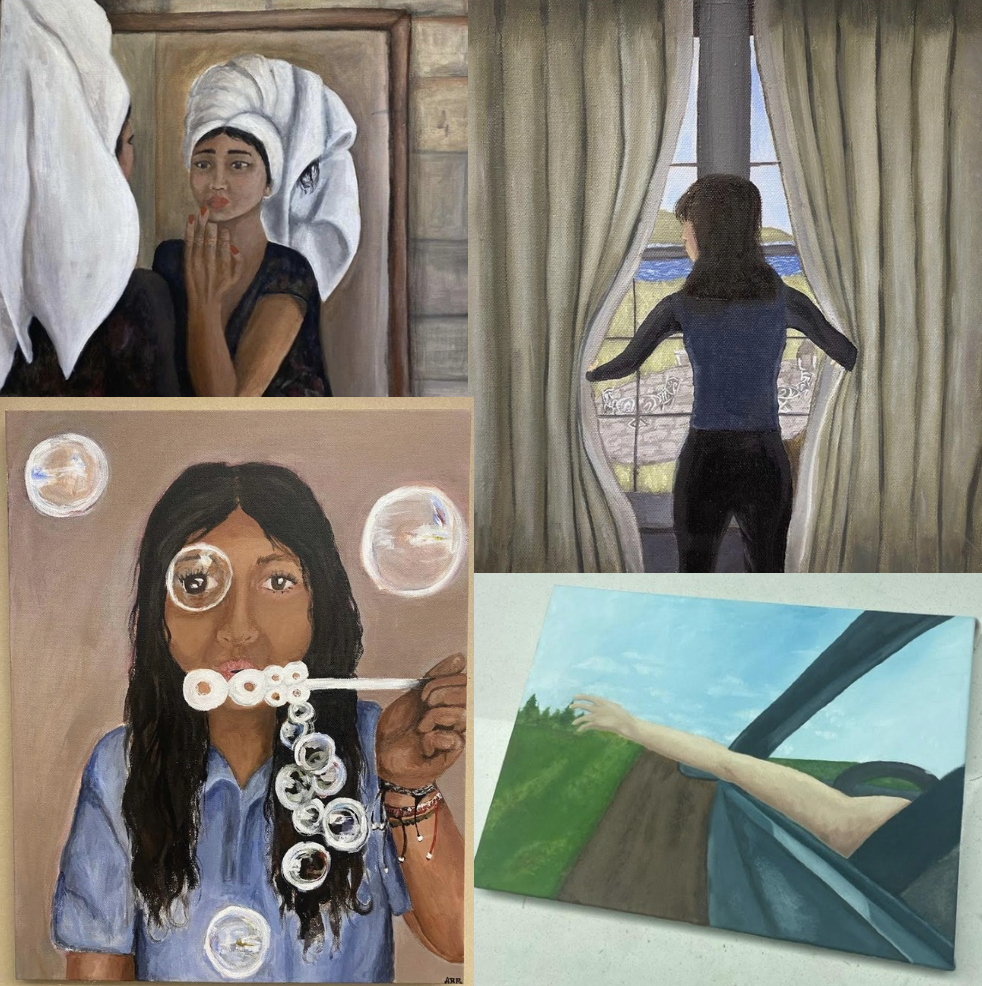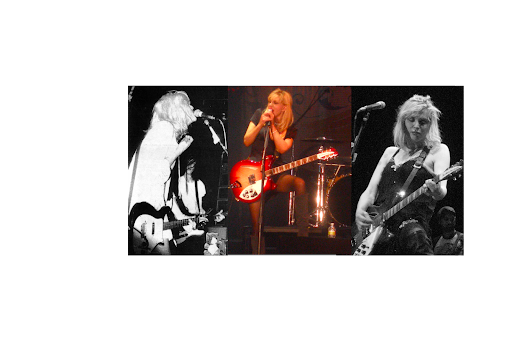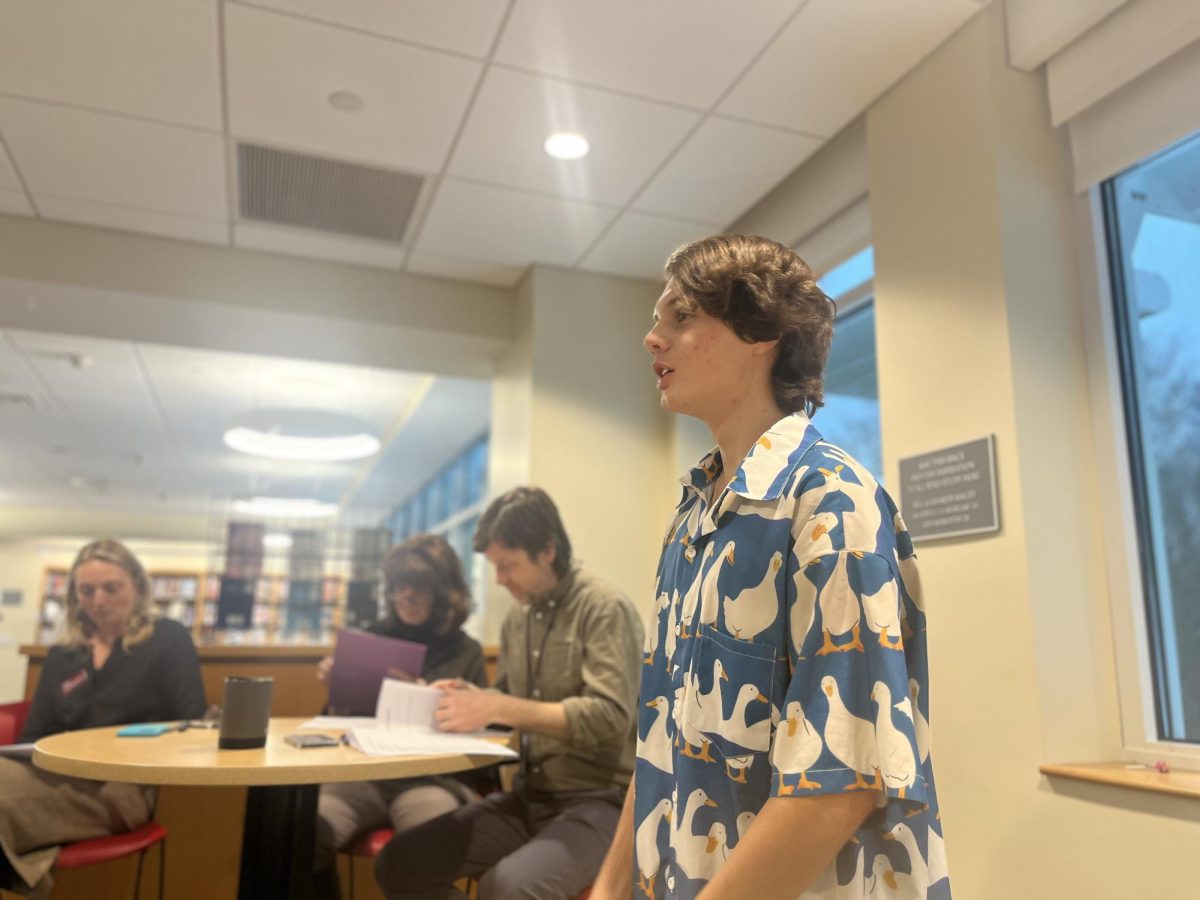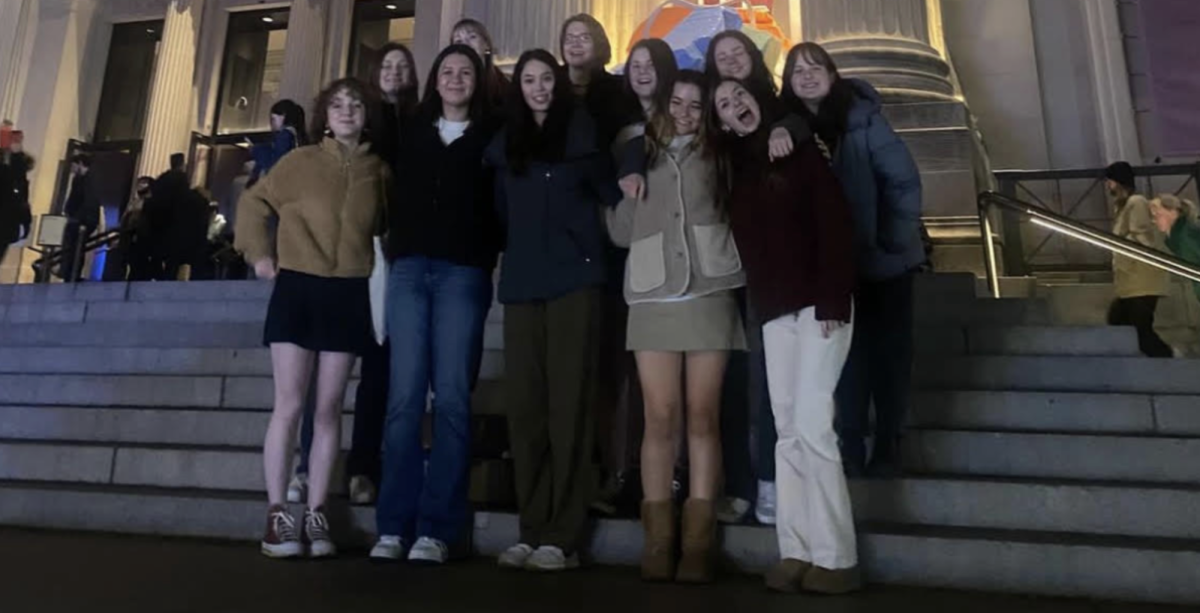Lana Del Rey has drawn heavy inspiration from icons of the past, going so far as to call herself the “gangster Nancy Sinatra”, and even taking on the name of Lana Turner as her own. Del
Rey’s enigmatic diction has always been a powerful tribute to the beauty and mysticism of the past, but her true muses extend beyond Hollywood starlets. It is the writers who shaped the

way she sees the world. Listen closely and you’ll hear echoes of Nabakov’s Lolita, the tragic testimonials of Sylvia Plath, and the restless poetry of Ginsberg, all woven into her cinematic lyricism. Her songs aren’t purely about heartbreak and glamour – they’re about the stories we tell ourselves, the way literature immortalizes longing, and how a melody can carry the weight of a novel.
Born Elizabeth Woolridge Grant in June of 1985 in Manhattan, New York, Del Rey grew up primarily in Lake Placid. By the time she was 15, she had struggled with alcohol and drugs, ultimately bringing her to attend the boarding school Kent School to get sober. Upon graduation, she moved back to her home state, bouncing from nightclub to nightclub, performing under various stage names such as “Sparkle Jump Rope Queen,” “Lizzy Grant and the Phenomena,” and “May Jailer.” Concurrently, she attended Fordham University, studying philosophy with a concentration in metaphysics and theology while simultaneously recording and releasing music under her many aliases. Nevertheless, her career didn’t truly take off until the release of Del Rey’s second studio album Born to Die.
When the album was released in 2012, it was met with both fervent admiration and sharp critique. Some praised the album’s lush, cinematic sound and melancholic grandeur, while several, including The New Yorker, dismissed it as an overly stylized performance of sadness. But beneath the album’s orchestral swells and hypnotic beats lay something more profound – an intricate portrait of beauty and destruction, longing and excess, delivered in Del Rey’s signature languid, sultry vocals. This album, much like the literary works that inspire her, was laden with contradiction: vulnerability wrapped in decadence, love tangled with violence, nostalgia shadowed by decay.
Sylvia Plath
One of the most striking literary echoes in Del Rey’s work comes from Sylvia Plath, whose feverish introspection and visceral imagery find their way into songs that balance fragility with

a quiet devastation. In Plath’s introspective novel The Bell Jar, Plath’s protagonist describes feeling like “a racehorse in a world without racetracks”, a sentiment mirrored in Del Rey’s Born to Die track Ride: “I’m tired of feeling like I’m f***ng crazy / I’m tired of driving ‘til I see stars in my eyes.” Like Plath, she creates personas that are both self-aware and self destructive, women who recognize the patterns of their own ruin but seem powerless to break free. Plath once wrote In “Lady Lazarus”, “Dying is an art, like everything else. I do it exceptionally well.” Del Rey channels that sentiment throughout her entire discography. Del Rey channels that same poetic fatalism on the title track of Born to Die, musing, “Don’t make me sad, don’t make me cry / Sometimes love is not enough and the road gets tough / I don’t know why” with the same sorrowful, borderline self-pitying voice that looms throughout Plath’s works.
Allen Ginsberg
Del Rey speaks openly about the influence of Allen Ginsberg’s imagery on her work, stating “I think the thing I really got from Ginsberg was that you can tell a story through kind of painting pictures with words” in conversation with NPR in 2014. Del Rey even recites Ginsburg’s “Howl” in her short film “Tropico”, adding context to her rejection of conformity throughout the entire

film. “Howl”- a sprawling, unfiltered meditation on disillusionment, ecstasy, and the search for meaning – reverberates through Del Rey’s storytelling, particularly in her depictions of reckless youth and lost America. Ginsberg famously lamented, “I saw the best minds of my generation destroyed by madness, starving hysterical naked.” Correspondingly, Del Rey captures a similar sense of beautiful, inevitable ruin in Born to Die: “Come and take a walk on the wild side/Let me kiss you hard in the pouring rain/You like your girls insane.” Her characters, much like Ginsberg’s “angelheaded hipsters,” are dreamers on the brink of oblivion, navigating a world that promises them everything yet takes even more away.
Vladamir Nabakov
Vladamir Nabakov’s Lolita casts an unequivocal shadow over Del Rey’s lyricism, with its intoxicating blend of beauty, danger, and doomed obsession. Nabakov’s Humbert Humbert

describes 12-year-old Dolores (Lolita) as “light of my life, fire of my loins,” words embedded with both adoration and destruction. Del Rey channels similar tension in Off to the Races, where she quotes Nabakov’s opening line. Like Nabakov, she explores the ways in which love and possession blur, how desire becomes a game of power and surrender. Yet, while Nabakov forces his readers to grapple with the ethics of obsession, particularly with a perverse relationship, Del Rey leans fully into its aesthetics, embracing even the most pernicious of his abstractions to craft songs that simultaneously condemn and approbate Nabakov’s contentious intentions with Lolita.
Friedrich Nietzsche
Friedrich Nietzsche’s audacious philosophy cements him as one of the most pivotal thinkers of modernity. His provocative assertion that God, once a cultural cornerstone, is now “dead” provides a compelling framework for interpreting Del Rey’s melancholic universe. Nietzsche’s claim that “one must have chaos within oneself to give birth to a dancing star” resonates deeply

with her artistic vision. After all, her music thrives on contradiction, embodying the interplay of light and dark, love and suffering. In “Born to Die”, she hauntingly declares, “Choose your last words, this is the last time/’Cause you and I, we were born to die,” embracing a fatalistic perspective on love that mirrors with Nietzsche’s concept of amor fati- the acceptance of one’s fate, however tragic it may be. Another notable allusion to Nietzsche in Dely Rey’s work is her 2012 song “Gods and Monsters”, on the Paradise EP. This song grapples with the loss of innocence by alluding to the biblical Garden of Eden through clever wordplay, redefining it as the “garden of evil.” Simultaneously, it echoes Nietzsche’s famous proclamation from Thus Spoke Zarathustra in the line “God’s dead, I said, “Baby, that’s alright with me.” With this copulation of ideas, Del Rey masterfully sews together the notions of her “Garden of Evil” with Nietzsche’s Godlessness to express a deep inner turmoil.
Del Rey’s music is a literary patchwork, woven from the words of poets and philosophers who, like her, sought to make sense of longing, loss and the fleeting nature of beauty. She transforms literature into melody.
















Maeve • May 5, 2025 at 1:40 pm
love this kitty